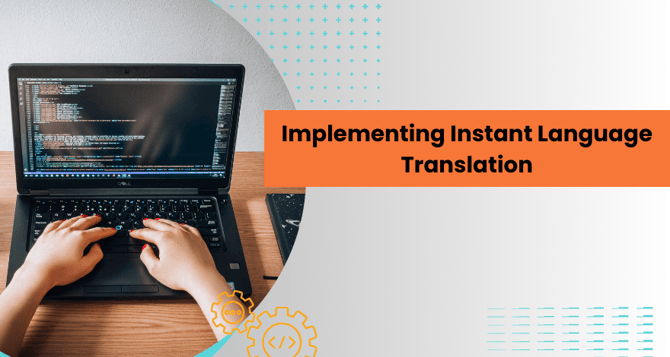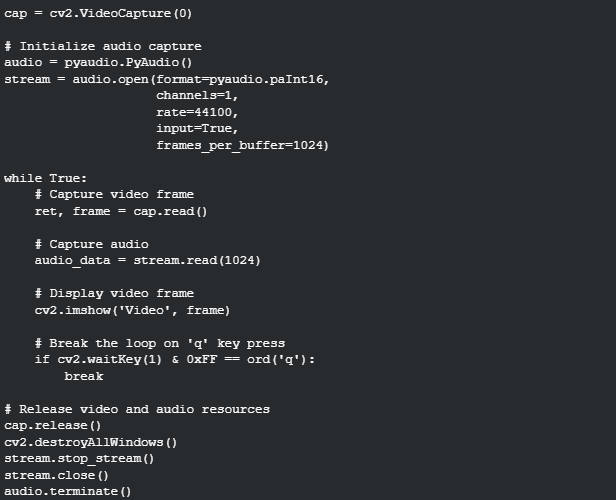Implementing Instant Language Translation in Video Conferencing
The brief overview covers the integration of real-time language translation into video conferencing platforms, enhancing communication by facilitating instant translation of spoken language during virtual meetings.

Language barriers can be a significant challenge in today's globalized world, especially in the context of international business and remote collaboration. Video conferencing has become an essential tool for communication, but it often falls short when participants speak different languages.
Real-time language translation in video conferencing can bridge this gap and enable effective communication across linguistic boundaries. In this article, we will explore how to deploy real-time language translation in video conferencing using Python and some third-party APIs.
Prerequisites
Before we begin, ensure you have the following prerequisites:
1. Python installed on your machine.
2. A code editor or integrated development environment (IDE).
3. A stable internet connection.
4. An API key for translation services (e.g., Google Cloud Translation or Microsoft Azure Translator).
Setting Up the Environment
To get started, create a new Python project folder and set up a virtual environment:
Next, install the required Python packages:

Capturing Video and Audio


Real-Time Language Translation
Now, let's integrate real-time language translation into our video-conferencing application. We will use the Google Cloud Translation API for this example. You will need to replace `'YOUR_API_KEY'` with your actual API key.


Conclusion
In this article, we've explored how to deploy real-time language translation in a video conferencing application using Python. We captured video and audio and then integrated the Google Cloud Translation API to translate audio on the fly.
Elevate Your Business with Custom AI Solutions
Our AI development services offer a tailored approach to meet your specific business needs. Let's discuss your project today!
This example serves as a starting point, and you can expand upon it by improving the user interface, handling multiple languages, and integrating with other translation APIs. Real-time language translation can greatly enhance global communication, making video conferencing more accessible and effective for everyone involved.


%201-1.webp)


.png?width=344&height=101&name=Mask%20group%20(5).png)
















